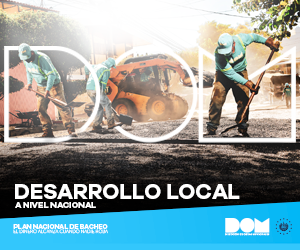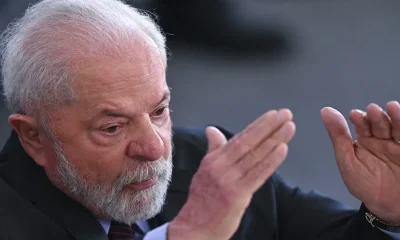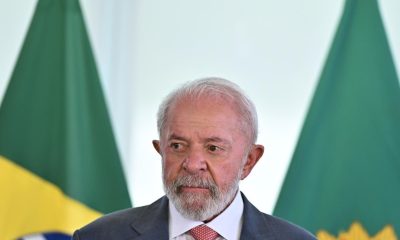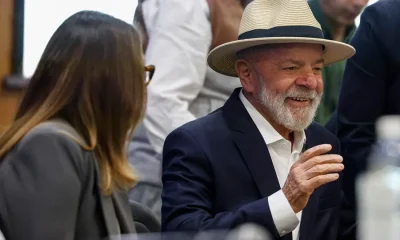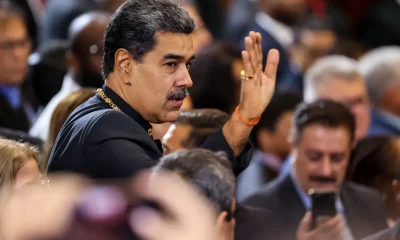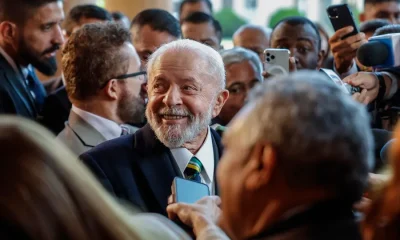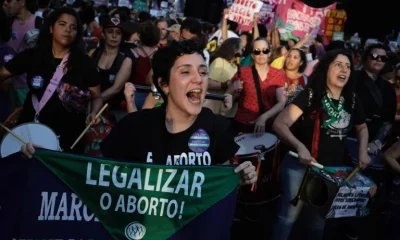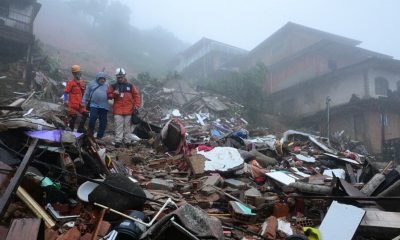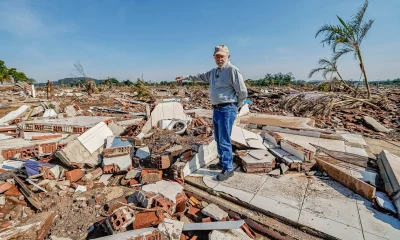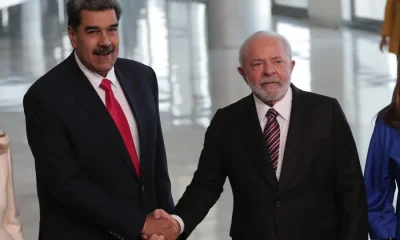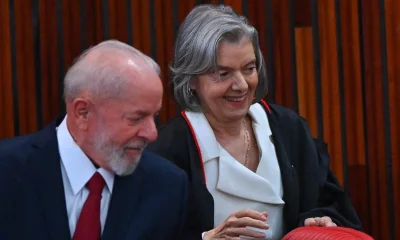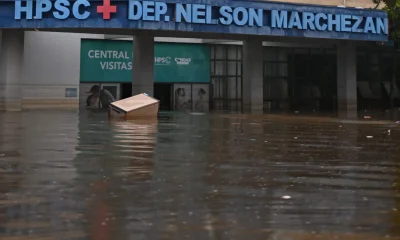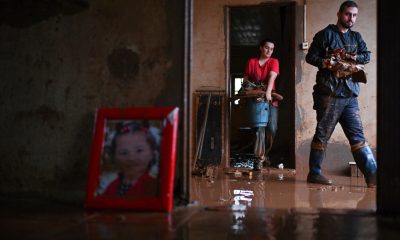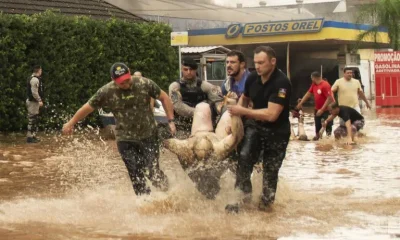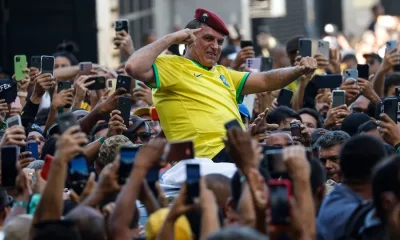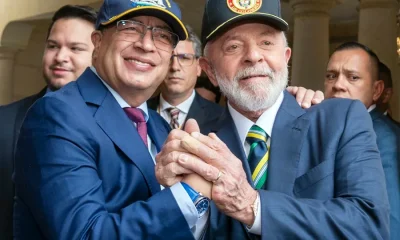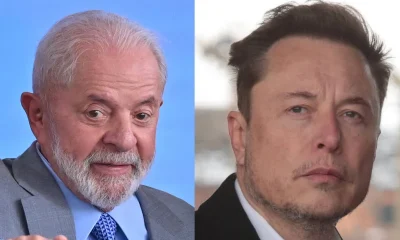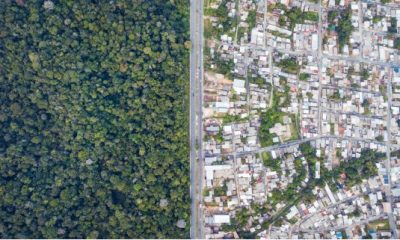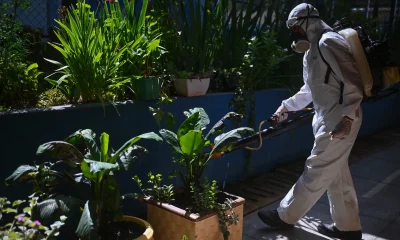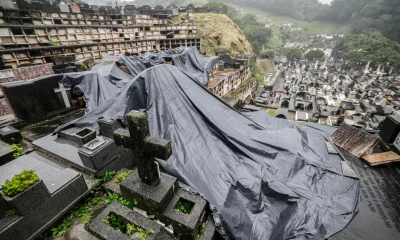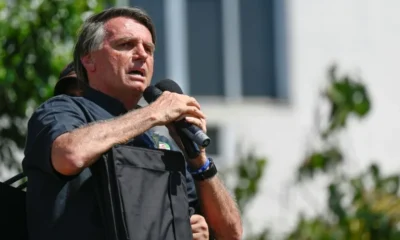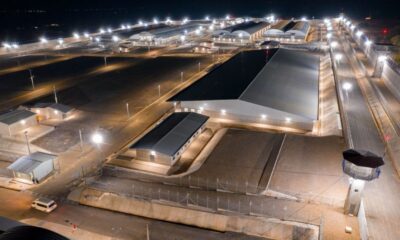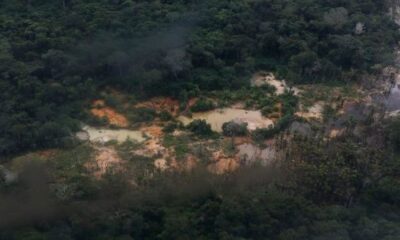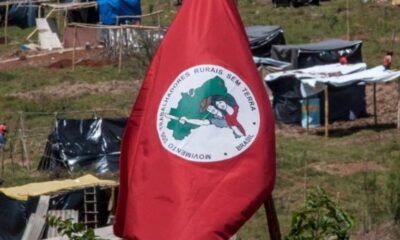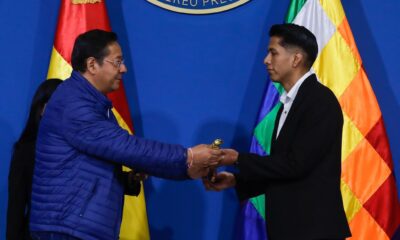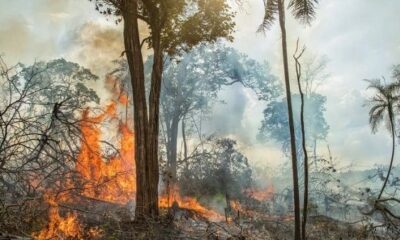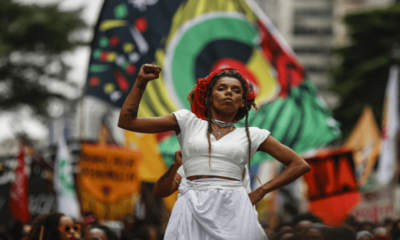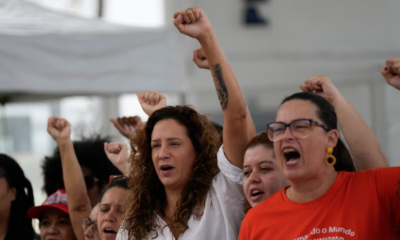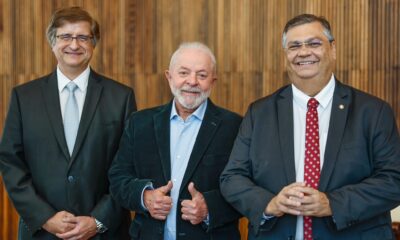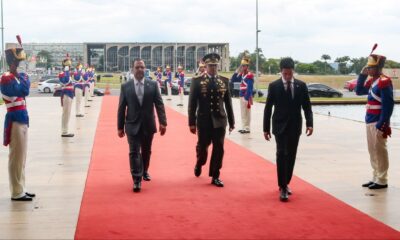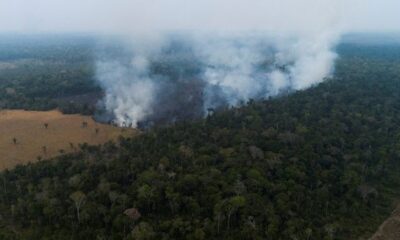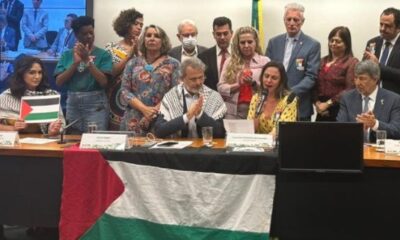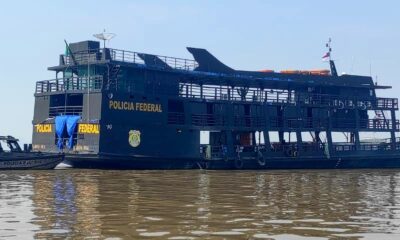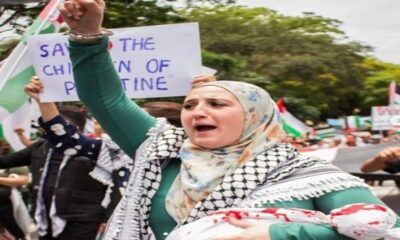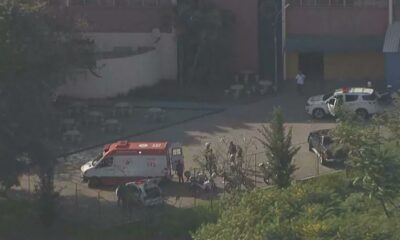International
‘Brazil is back,’ Lula hails at Latin America leaders summit
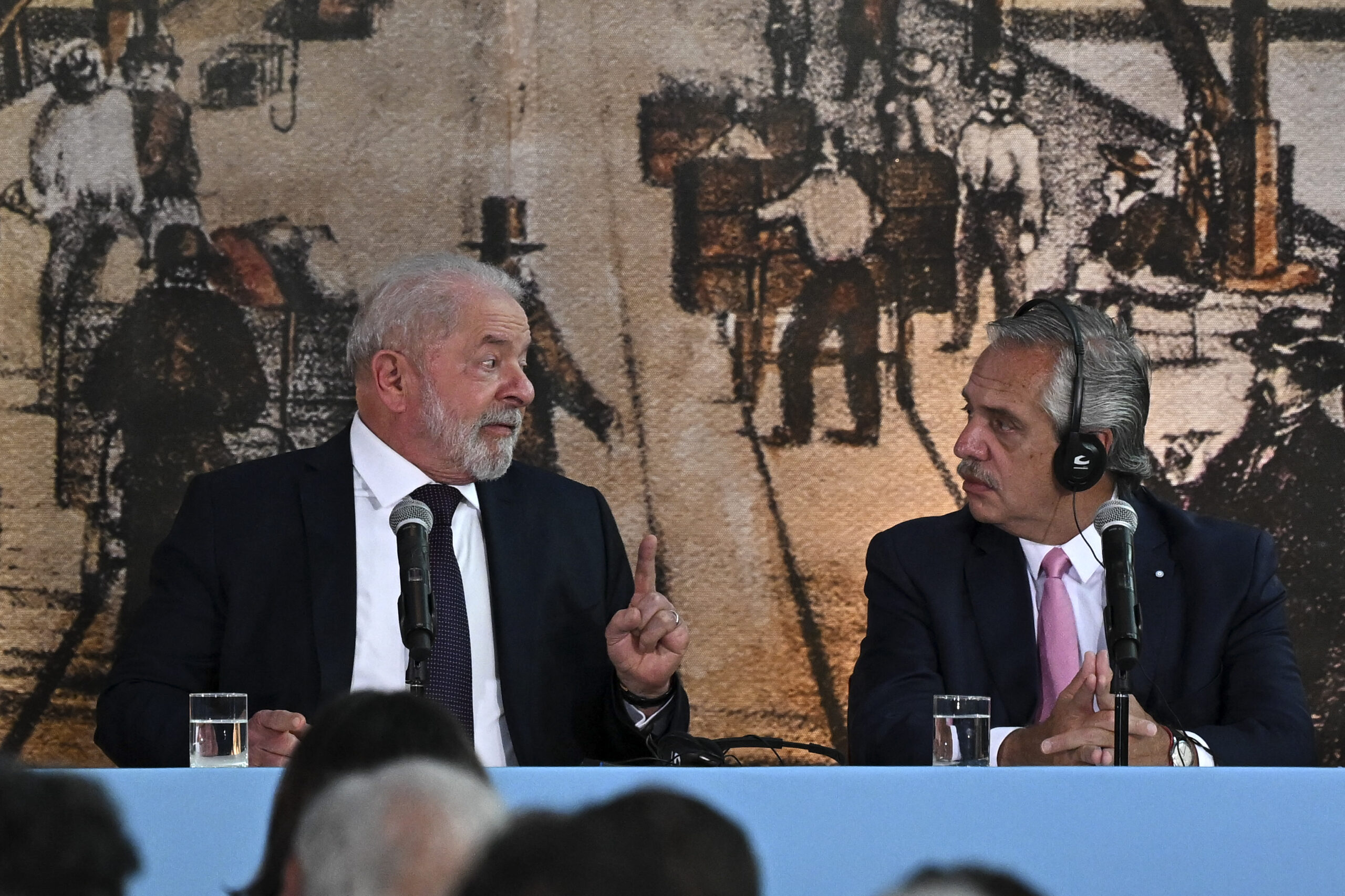
January 25 | By AFP | Philippe Bernes-Lasserre / Mauricio Rabuffetti |
Brazilian President Luiz Inacio Lula da Silva declared Tuesday that his country is “back in the region” after joining more than a dozen other Latin American leaders at a summit in Buenos Aires.
Less than a month after his inauguration, Lula arrived in the Argentine capital looking to rebuild bridges after his far-right predecessor Jair Bolsonaro had pulled out of the grouping.
“Brazil is back in the region and ready to work side-by-side with you with a very strong feeling of solidarity and closeness,” said the 77-year-old leader during the seventh Community of Latin American and Caribbean States (CELAC) summit, which brings together 33 nations.
Lula, who previously served as Brazil’s president from 2003-10, was one of the founders of CELAC during the first “pink wave” of leftward political shifts on the continent over a decade ago.
But Bolsonaro pulled Brazil out of the group over what he perceived as its support for undemocratic governments in Nicaragua, Venezuela and Cuba.
Lula spoke Tuesday about the “multiple crises” affecting the world — from the pandemic to climate change, geopolitical tensions, food insecurities and threats to democracy.
“All this happens in the midst of an unacceptable rise in inequality, poverty and hunger,” said Lula, the only leader to publicize his speech at the summit.
Democracy and its threats — especially from the far right — were a central theme of the summit.
“We cannot allow the recalcitrant and fascist far right to put our institutions and our people in peril,” said the host of the forum, Argentina’s center-left President Alberto Fernandez, in opening remarks.
He pointed to the riots by Bolsonaro supporters at the seats of power in Brasilia earlier this month and the alleged attempt to assassinate his vice president, Cristina Kirchner, in September.
But Fernandez made no mention of communist Cuba or the accusations of political oppression made against radical leftist regimes in Venezuela, Nicaragua and Bolivia.
In fact, with Cuban President Miguel Diaz-Canel in attendance, Fernandez called for an end to the US-led blockade of Cuba and Venezuela.
They are “a perverse method of punishment, not of the governments but of the people,” Fernandez said.
‘Latin America is bankrupt’
Host Argentina this week hailed a “new climate in Latin America,” with the region ushering in a fresh wave of left or center-left governments since 2018 — including Mexico, Argentina, Honduras, Chile, Colombia and Brazil.
A forum for consultation and cooperation, CELAC has no power to enforce any agreements between its members.
And while Fernandez stressed the need to “strengthen the institutions in our region,” CELAC is struggling to unite members over successive regional crises, such as in Peru.
“Latin America is bankrupt from the institutional point of view,” Ignacio Bartesaghi, an international relations expert at the Catholic University of Uruguay, told AFP.
“There is not even certain basic consensus in Latin America, as on the difference between a democracy and a dictatorship,” he stressed.
“There are (at CELAC) presidents who do not even recognize each other,” he noted, alluding to situations such as Paraguay’s Mario Abdo Benitez, whose country broke diplomatic relations with Nicolas Maduro’s Venezuela in 2019.
‘Absence of dialogue’
Maduro called off his own trip to the gathering at the last minute, citing “a risk of aggression” from “the neo-fascist right,” a possible reference to some Argentine opposition politicians calling for him to be arrested on arrival.
He was due on Monday to meet with Lula, who instead held talks with Diaz-Canel.
He sent a message to the forum blasting the “criminal sanctions” against his government, in particular against the state oil company PDVSA.
Other significant absentees in Buenos Aires include Mexico’s left-wing President Andres Manuel Lopez Obrador, leader of the second largest economy in Latin America and host in 2021 of the last CELAC summit.
CELAC however remains the partner of choice for China and the European Union to negotiate when cooperating with the region.
But the last joint-EU summit was in 2015, highlighting the lack of regional consensus, says Bernabe Malacalza, researcher at the CONICET Argentine national research center.
In this sense, the return of Lula could give a boost to certain sub-regional issues, such as the free-trade agreement between the EU and the Mercosur group which comprises Brazil, Argentina, Uruguay and Paraguay.
The deal was finalized in 2019 but never ratified, due in particular to concerns about Bolsonaro’s environmental policy.
Lula has indicated a willingness to resume contacts.
Meanwhile, Uruguayan president Luis Lacalle Pou proposed a free-trade zone extending from “Mexico to the south of South America.”
Central America
Mexico and Guatemala launch joint security operation after Agua Zarca border attack
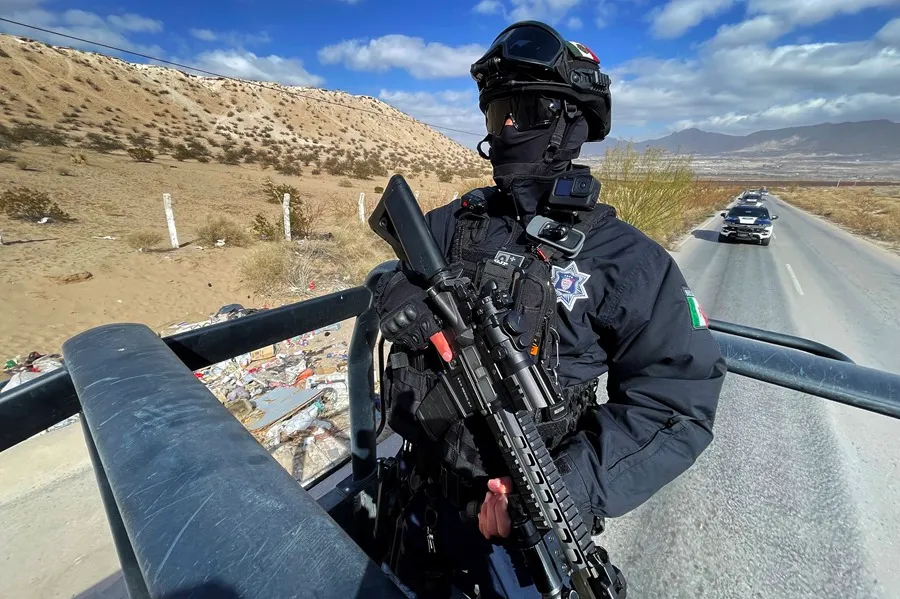
The Government of Mexico announced on Tuesday that it has strengthened coordination with Guatemala following an armed confrontation in the community of Agua Zarca, in Guatemala’s Huehuetenango department, where a soldier was wounded in an attack attributed to organized-crime groups operating on both sides of the border.
The Secretary of Security and Citizen Protection, Omar García Harfuch, confirmed that Mexico is exchanging information with Guatemalan authorities and that Mexican Army units have been deployed along the border to reinforce surveillance and assist in reconnaissance operations.
The attack, Guatemala’s Defense Ministry stated, reflects the “criminal dynamics” dominating that border region, where different groups compete for drug and arms trafficking routes.
According to Guatemala’s Defense Ministry, the clash left a soldier wounded in the leg after suspected criminals crossed from Mexico and opened fire. The wounded soldier is reportedly in stable condition. Authorities also seized high-caliber weapons, explosives, tactical gear and drones, which were handed over for forensic analysis.
Mexican Defense Secretary General Ricardo Trevilla Trejo announced that a coordinated plan of operations will be launched involving both Mexican and Guatemalan forces along the border to counter these criminal networks.
Harfuch emphasized that the violence is not isolated but symptomatic of the ongoing struggle between criminal organizations for territorial control, and reiterated Mexico’s commitment to bilateral security cooperation and its intention to strengthen institutional presence in vulnerable border zones.
International
Zelensky meets Pope Leo XIV as review of U.S. peace plan continues
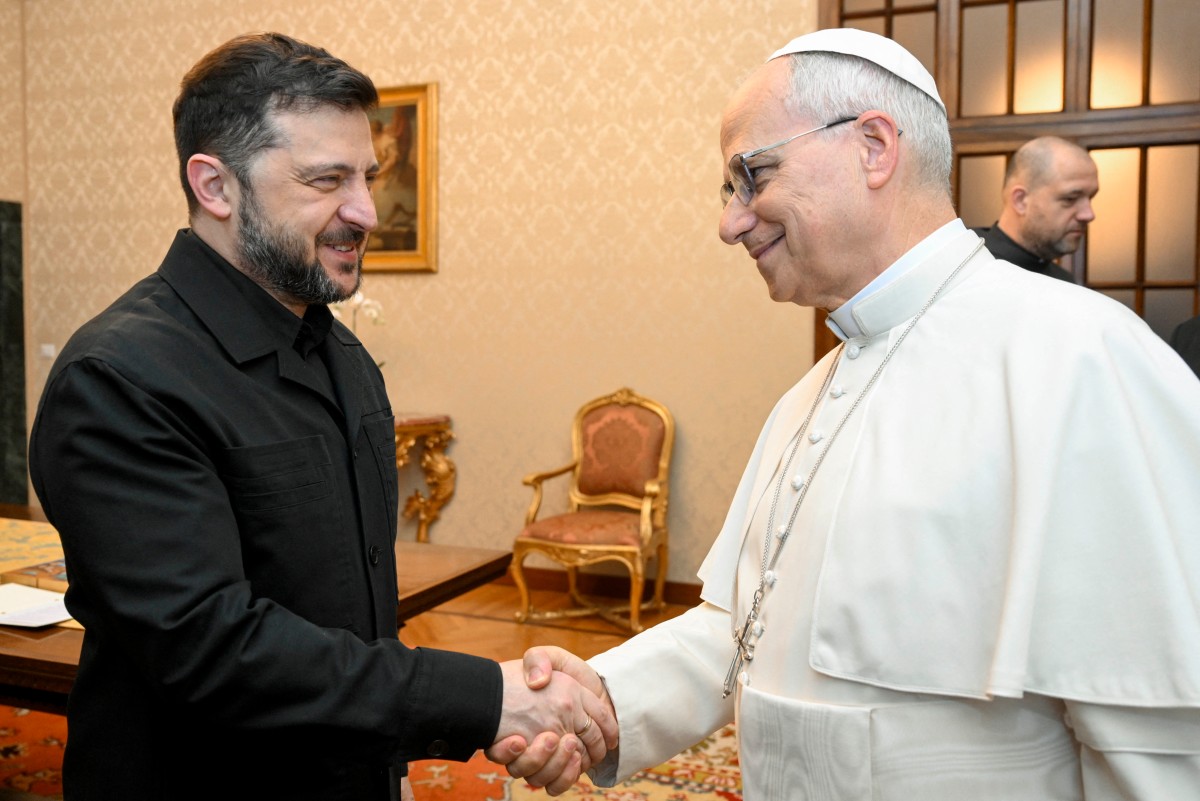
Ukrainian President Volodymyr Zelensky met on Tuesday with Pope Leo XIV in Italy, after pledging to deliver a response to the United States regarding the proposed peace plan aimed at ending the war with Russia.
The meeting with the pontiff took place at the papal residence in Castel Gandolfo, near Rome, where Leo XIV “reiterated the need to continue dialogue and renewed his urgent hope that the ongoing diplomatic initiatives may lead to a just and lasting peace,” the Vatican said in a statement.
His visit to Italy follows Monday’s meetings with European leaders in London and Brussels, amid pressure from U.S. President Donald Trump to agree to a peace plan that Zelensky said he is still reviewing.
According to Zelensky, the plan presented by Washington—originally consisting of 28 points—was reduced to 20 after discussions between Ukrainian and U.S. representatives over the weekend. “We are going to work on those 20 points. We are not completely satisfied with the proposals from our partners,” Zelensky said during an online press conference on Monday.
International
Japan lifts tsunami alert after strong 7.6-magnitude earthquake hits northern coast
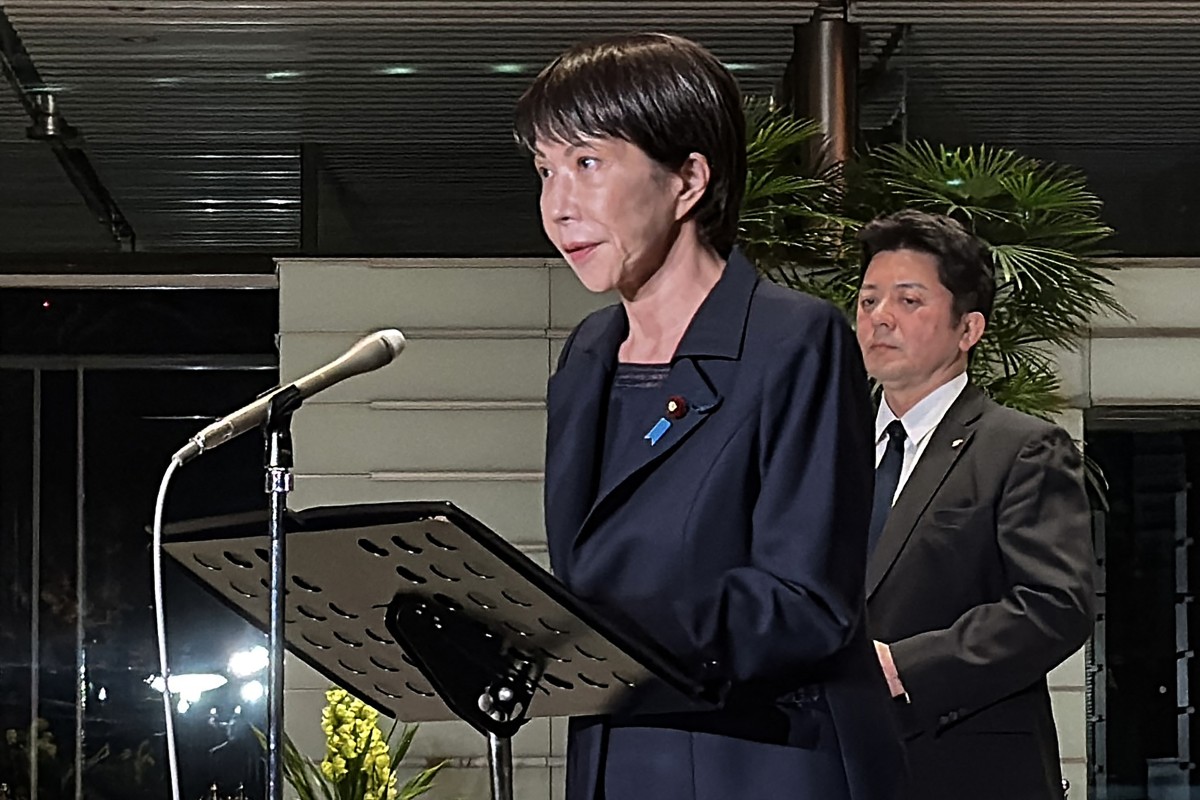
A powerful 7.6-magnitude earthquake struck Japan’s northern coast on Monday, triggering several tsunami waves of up to 70 centimeters, authorities said. The tsunami alert was lifted in the early hours of Tuesday.
According to the U.S. Geological Survey (USGS), the quake occurred at 11:15 p.m. local time (14:15 GMT) off the coast of Misawa, at a depth of 53 kilometers. Japan’s Meteorological Agency (JMA) immediately issued a tsunami warning. The first wave reached a port in Aomori Prefecture at 11:43 p.m. (14:43 GMT), followed by others measuring up to 70 centimeters.
Public broadcaster NHK reported that an employee at a hotel in the city of Hachinohe confirmed that several people were injured. Live footage showed shattered glass scattered across roads, while many residents evacuated to the city hall seeking shelter.
The strong tremor was also felt in Sapporo, where emergency alerts were sent to residents’ mobile phones. A reporter in Hokkaido described a horizontal shaking that lasted around 30 seconds, making it difficult to stay standing.
Before the alert was lifted, the JMA had warned of the possibility of tsunami waves up to three meters high along Japan’s Pacific coast. Government spokesperson Minoru Kihara urged residents to remain in safe areas until the warning was officially lifted.
-
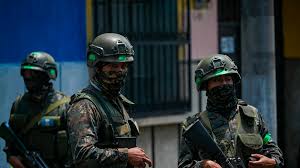
 Central America2 days ago
Central America2 days agoGuatemalan soldier wounded in clash with suspected mexican armed group near border
-
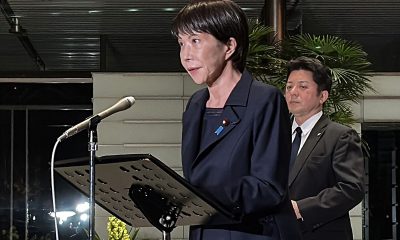
 International2 days ago
International2 days agoJapan lifts tsunami alert after strong 7.6-magnitude earthquake hits northern coast
-
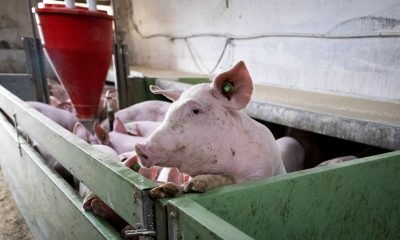
 International4 days ago
International4 days agoFive laboratories investigated in Spain over possible African Swine Fever leak
-
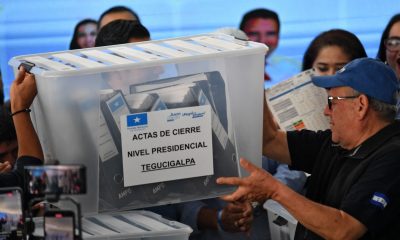
 Central America4 days ago
Central America4 days agoHonduras vote vount drags on as Asfura and Nasralla remain in technical tie
-

 Central America2 days ago
Central America2 days agoGuatemala reverses asset seizures after judge replacement, benefiting ex-president and former ministers
-
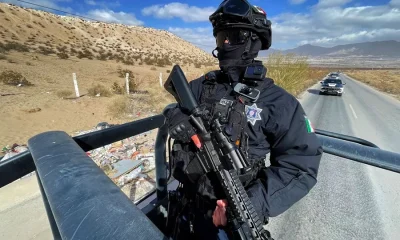
 Central America20 hours ago
Central America20 hours agoMexico and Guatemala launch joint security operation after Agua Zarca border attack
-
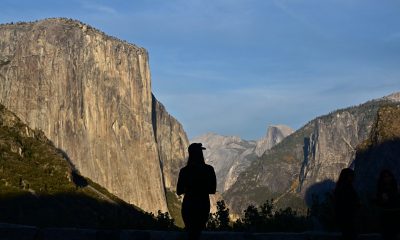
 International2 days ago
International2 days agoInterior Dept. redefines 2026 Patriotic Days, sparking criticism over removed civil rights holidays
-
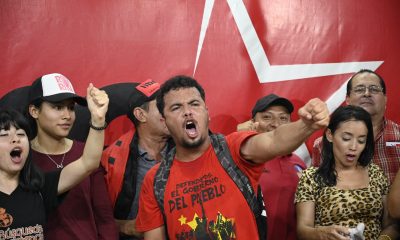
 Central America20 hours ago
Central America20 hours agoHonduran University: Nullifying elections without proof of fraud undermines popular sovereignty
-
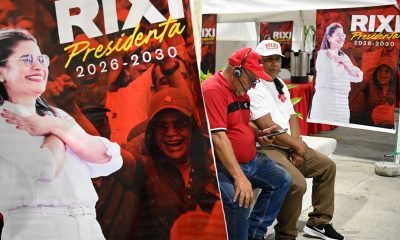
 Central America20 hours ago
Central America20 hours agoCNA director says Libre’s defeat stems from “lack of substance,” not messaging
-
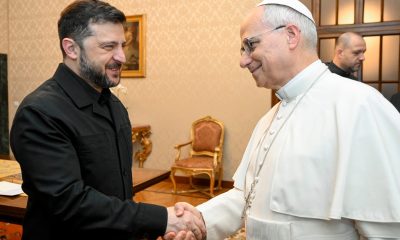
 International20 hours ago
International20 hours agoZelensky meets Pope Leo XIV as review of U.S. peace plan continues
























